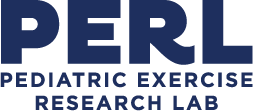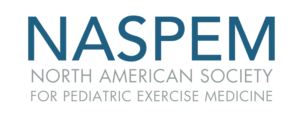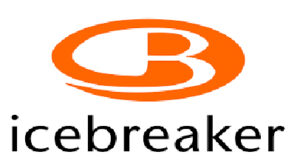Welcome!
The Pediatric Inactivity & Exercise Physiology Research Lab – PERL – is a CFI funded laboratory within the School of Health and Exercise Sciences, and an affiliate of the Centre for Heart, Lung, and Vascular Health.
PERL is pursuing the following areas of research

Exercise physiology
Creating a comprehensive understanding of the mechanisms by which cardiopulmonary and vascular adaptations to exercise occur in the child and adolescent.

Inactivity physiology
Generating a detailed appreciation of the impact sedentary behaviour has upon cardiopulmonary and vascular function in childhood.

High altitude physiology
Develop knowledge of the impact of high altitude on cardiopulmonary and cerebrovascular responses at rest and during exercise in children living permanently at high altitude and those living at low altitude.

Ali McManus
Professor
Prof Ali McManus developed her interest and excitement in pediatric exercise physiology while completing her doctorate at the Children’s Health and Exercise Research Centre, University of Exeter U.K. She held a faculty position at the University of Hong Kong for 18 years, before joining the School of Health and Exercise Sciences at UBC Okanagan. Prof McManus and her team use various experimental conditions such as prolonged sitting and hypoxia to alter the cardiopulmonary and cerebrovascular responses to exercise and use this information to decipher the mechanisms that underlie child-adult differences. She has secured significant funding (NSERC, CIHR, Heart & Stroke Foundation, Stober Foundation) to support and encourage these research endeavors. As current Editor-in-Chief of Pediatric Exercise Science, she is dedicated to actively contributing to the field.
What’s it like to be a part of a study?
Do you want to know more about how blood flows to your brain or how your lungs work during exercise? Be a part of one of our studies
Being in a study helps us find ways to improve children’s health in the future. You can also find out more about how your body responds to things like exercise or sitting, or changes in the content of the gases we breathe. What is really fun is you get to do science too when you join a study. Contact us if you are interested in participating.

DXA Machine
Do you want to learn more about your body composition? Come and have a DXA scan.
PERL offers a customized report of body composition using the gold-standard Dual-energy X-ray absorptiometry (DXA) on a pay-per-use basis. DXA provides the most dependable simple way to measure body fat, allowing you to accurately track changes in your body composition, with quantification of percentage of body fat, lean tissue mass, fat tissue mass, bone mineral density, BMI classification and more.
People have had a DXA scan with PERL for lots of reasons. Although not a conclusive list, these reasons include monitoring athletic training, interest in gaining muscle and generic curiosity. If you are interested in booking an appointment please contact us here.
This assessment is for interest only; it is not a diagnostic assessment.


















